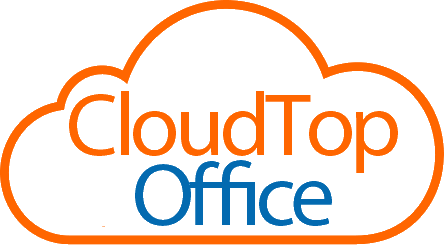
Phishing scams have been on the rise, and the perpetrators are getting more and more clever at each pass. Whereas the Nigerian Prince was outlandish and easily recognized, new scams are sending emails from recognized email addresses and getting to look more like ordinary business transactions with credible company logos that you might expect.
The scammers are after your personal information, passwords, account numbers, social security numbers. The best thing that you can do, is to be diligent in what you open. Never click a link and fill out sensitive information. If you see anything out of the ordinary, don’t follow their directions, find a reputable site that you know or give them a call. Attachments and links can install harmful malware. If you don’t recognize the sender- delete the email and report the scammers.
Phishing emails may look like they’re from a company you know. The messages are designed to look like they’re from a trusted bank, a credit card company, or a website.
One tip-off that the sender is not authentic, is that they do not address you personally, but instead, use a generic greeting. These are a definite red flag. Although they can also address you directly if they have already scammed someone that has your information. If you arent suspecting something, it is best to call. Releasing your information can be very damaging to your company and you personally, double-checking is worth the extra effort. Also, check to see who the email is from directly, sometimes they have an outward-facing email that looks legitimate, but if you look at the details you will see a made-up email address with too many characters, or a third party that isn’t related to the reputable company logo.
More Tips:
What To Do if You Responded to a Phishing Email
- If you provided a password, change your password immediately.If you think a scammer has your information, like your Social Security, credit card, or bank account number, go to IdentityTheft.gov and follow the steps.
- If you clicked on a link or opened an attachment that downloaded harmful software, update your computer’s security software. Then run a scan.
Report a Phishing Scam – This can help the fight against scammers.
- Step 1. If you got a phishing email, forward it to the Anti-Phishing Working Group at reportphishing@apwg.org.
- If you got a phishing text message, forward it to SPAM (7726).
- Step 2. Report the phishing attack to the FTC at ReportFraud.ftc.gov.
If you lack the time or resources to implement these necessary strategies, consider a hosted desktop and let the professionals keep up with the necessary backups, upgrades, updates and maintenance to keep your data in the right hands.
For information on Virtual Desktop Hosting to ensure nightly backups and more secure access to your sensitive information. Call 866-710-4228 or send an email.


Leave a Reply